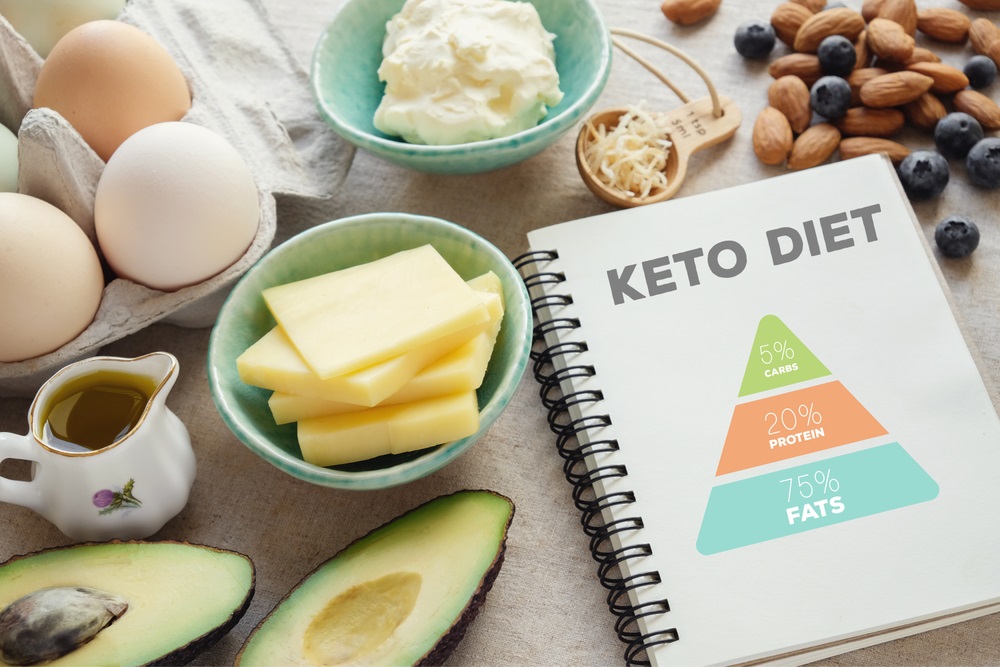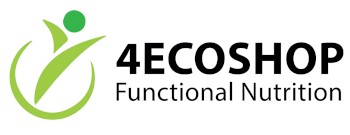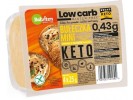
The ketogenic diet – you’ve probably heard about it in conversations with friends, at the gym or on social media. In recent years, it has become a sensation as a way to lose weight, improve health and increase energy. But what is a keto diet? At first glance, it may seem surprising. Imagine a diet in which you almost completely give up carbohydrates – no bread, pasta, rice or even sweet fruit. Instead, you focus on fats: avocado, butter, coconut oil, fatty meats and fish. All this to bring the body into ketosis – the moment when it starts burning fat as its main source of energy.
How to start keto diet?
For many people, this sounds like a challenge, but those who have tried it talk about revolutionary changes – weight loss, better concentration and stable energy levels. If this sounds interesting to you, read on – you will learn what the keto diet is, how to get started and what to look for to avoid the most common mistakes.
How does the ketogenic diet work?
Let’s start with the basics. Your body normally draws energy from glucose, a simple sugar derived from carbohydrates. It is the easiest fuel for it. But what happens when you stop eating carbohydrates? After a few days (or a week), your body's glucose supply decreases and your metabolism switches to plan B – fats.
This is where ketosis comes in. Your body begins to break down fats into ketone bodies, which replace glucose as an energy source. This is why the ketogenic diet promotes fat loss – instead of burning sugars, your body burns its own fat stores. However, ketosis is not just a way to lose weight. Ketone bodies are a very efficient fuel for the brain, which can improve concentration and sharpen your mind. Some people call this the "mental clarity" they experience after a few weeks on the keto diet.
First steps – what to eat on keto diet?
Starting a ketogenic diet requires proper planning. You should always consult a dietitian or doctor at the beginning. It is not enough to simply stop eating bread. Understand what you can eat and what to avoid. The basis of the keto diet is fat (70-80% of daily calorie requirement), moderate protein (20-25%) and minimal carbohydrates (only 5-10%).
In practice, this means that fatty fish, meat, butter, eggs and coconut oil reign supreme on the plate. But don't forget about vegetables – broccoli, zucchini and spinach are excellent choices because they are low in carbohydrates.
Keto diet, what to eat and how to do keto diet?
· Your kitchen should include products such as Virgin Bio Food coconut oil, which is great for frying, baking and adding to keto coffee.
· Start by gradually reducing. A sudden switch to keto can cause the so-called "keto flu" – fatigue, headaches and general irritability. To avoid this, reduce the amount of carbohydrates gradually.
· Plan your meals. Switching to keto requires thinking ahead. Prepare a list of dishes and products that will be in line with the principles of the diet. For breakfast, you can choose KETO BIO Diet-Food granola, which is quick and easy to prepare, and at the same time perfectly fits the keto principles.
What are the benefits of the ketogenic diet?
Trying to stick to the keto diet may seem difficult at first, but the effects can be impressive.
· Reduction of body fat – ketosis is a natural way to burn fat without having to starve yourself.
· Improved concentration – many people notice a significant increase in mental clarity after a few weeks on keto.
· Stabilization of blood sugar levels – this is especially important for people with insulin resistance.
· Reduced feeling of hunger – fats are satiating, which helps avoid snacking.
Products such as gluten-free KETO chocolate almonds with MCT oil Without Sugar can help you stay full and at the same time satisfy your cravings for sweets. This is the perfect snack during the day.
Common mistakes on the keto diet.
Like any diet, keto requires a conscious approach. Here are the most common traps to avoid.
· Too little fat. In keto, fat is the main fuel. If you don't get enough of it, you'll feel tired and hungry.
· Lack of electrolytes. During keto, you lose more water and minerals, so you need to remember to supplement magnesium, potassium, and sodium.
What is the keto diet and how to start it? Summary
The ketogenic diet is not only a way to lose weight, but also to improve health and quality of life. However, it requires commitment and planning. Key conclusions:
· the keto diet is based on fats, moderate protein, and minimal carbohydrates,
· it is important to introduce changes gradually to avoid the "keto flu",
· keto products support the diet and make it more attractive.
Are you ready for a change that will transform your approach to diet, eating habits and training goals?



